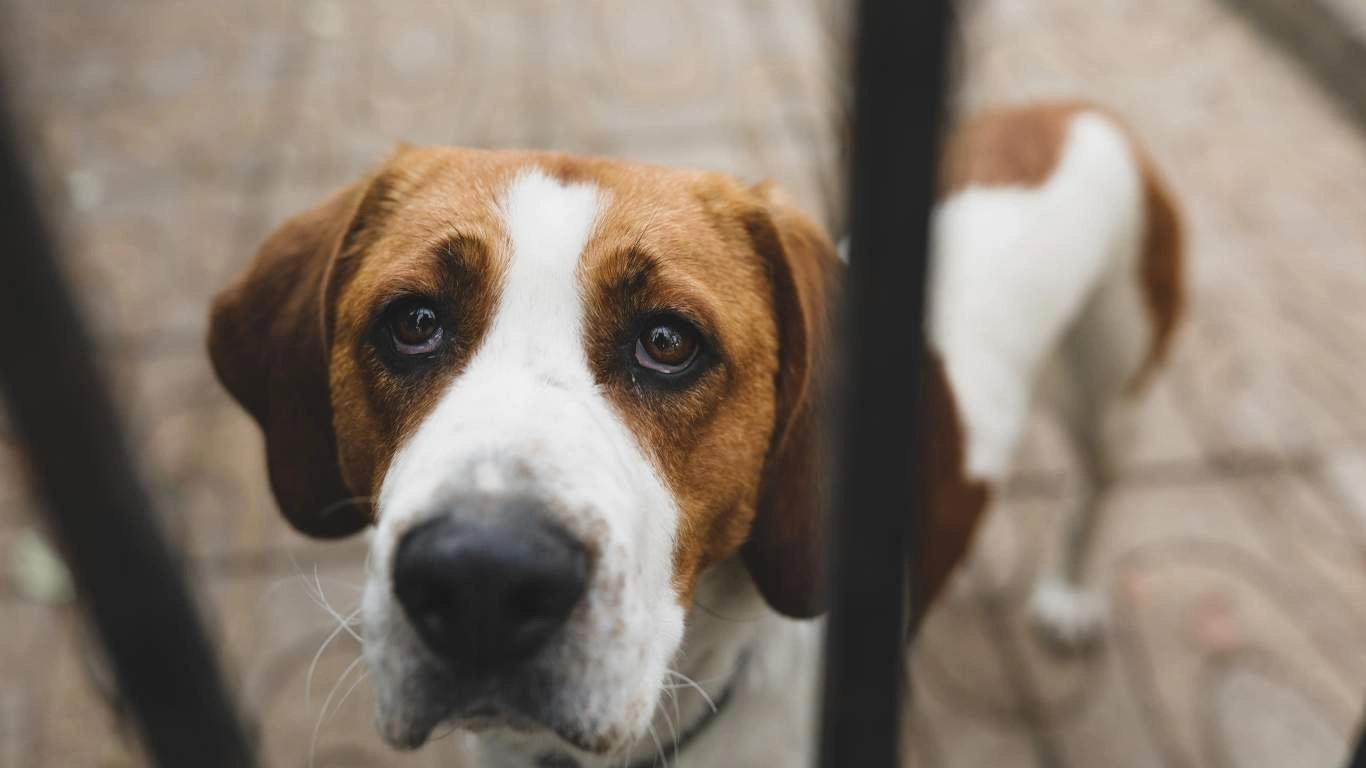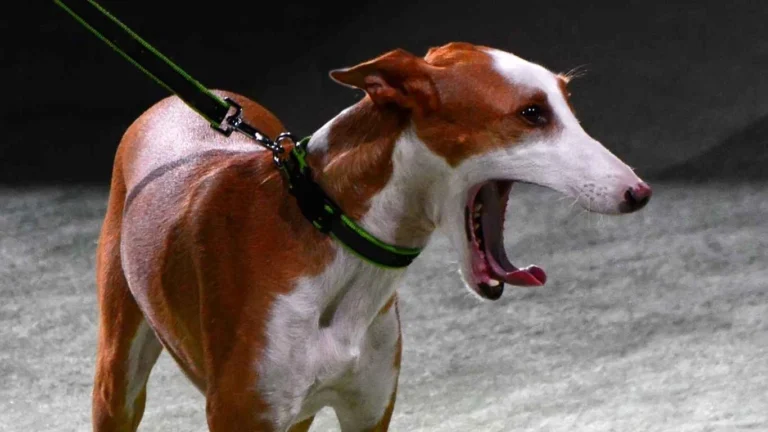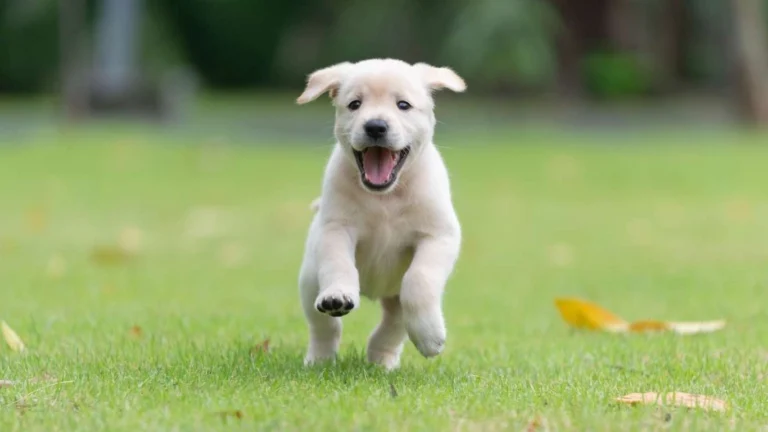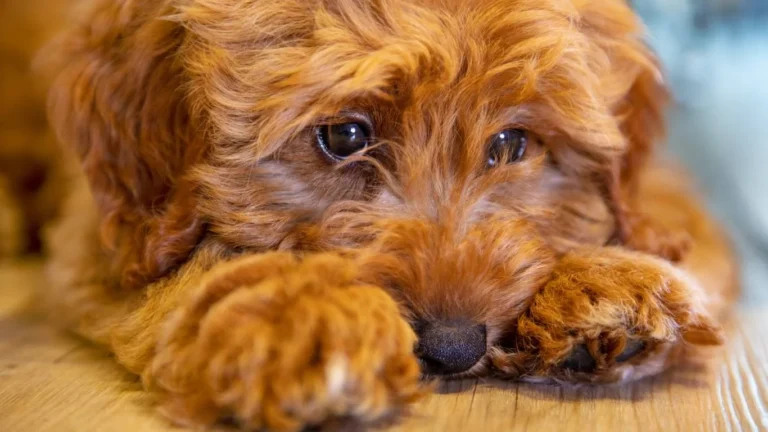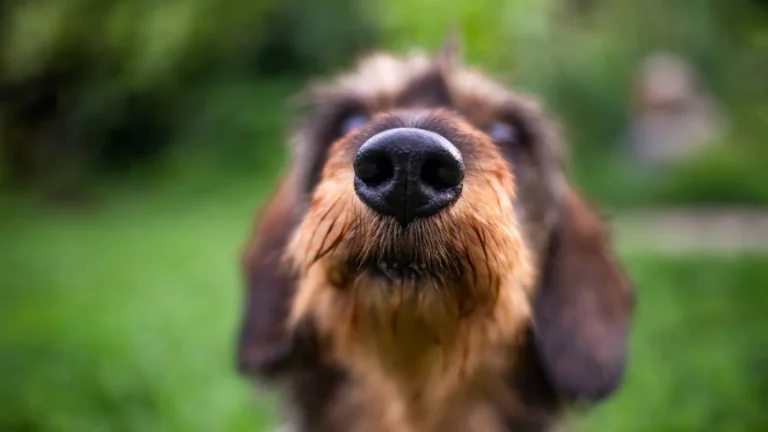Best Diet for Dogs Recovering from Surgery: Speed Up Healing with These Tips
As an Animal Care Specialist working in both pet clinics and shelters, I’ve seen firsthand the importance of proper care for dogs recovering from surgery. When our furry friends go through surgery, their bodies need time to heal, and their diet plays a critical role in their recovery process. You might be wondering, what’s the best diet for dogs recovering from surgery? It’s not just about providing them with food—it’s about providing the *right* food to support their healing, maintain their energy levels, and keep them comfortable during this time.
Why Diet Matters for Dogs Recovering from Surgery
After surgery, your dog’s body is in a delicate state. It’s working hard to heal itself, and proper nutrition can make all the difference in how quickly and effectively it recovers. The right diet helps promote tissue repair, reduces inflammation, and boosts overall immunity. But not just any food will do! Special care needs to be taken when selecting what to feed your dog during this critical recovery period.
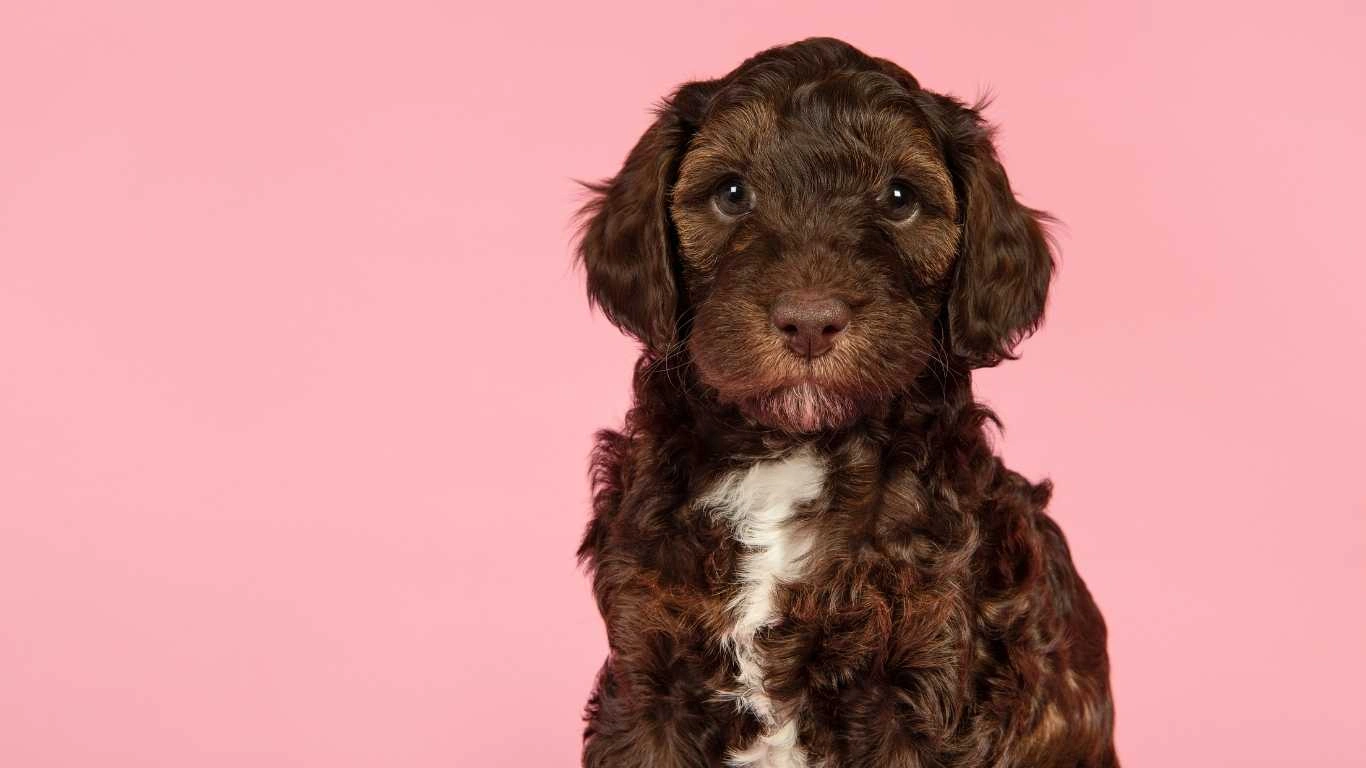
Understanding Nutritional Needs During Recovery
When a dog undergoes surgery, their body experiences stress, which can increase their need for certain nutrients. Protein, for example, is essential for tissue repair and healing. The body uses protein to rebuild muscles, skin, and other tissues that might have been affected during the surgery. Carbohydrates are another important component—while often seen as just an energy source, carbs also help regulate blood sugar levels, which is crucial during recovery. Fats are important too, as they provide a concentrated energy source that your dog may need, especially if their appetite is low.
When choosing the best diet for dogs recovering from surgery, look for options that are high in quality, easily digestible, and provide all the essential nutrients. If your dog has specific dietary restrictions due to allergies or sensitivities, make sure to take that into account when selecting food.
What to Look for in Post-Surgery Dog Food
Now that we know why diet is important, let’s dive into what you should be looking for in post-surgery dog food. Not all dog food is created equal, and when it comes to recovery, it’s essential to pick the right type of food to support your dog’s healing.

High-Quality Protein Sources
The best diet for dogs recovering from surgery should include high-quality protein. Protein is the building block of muscle, tissue, and skin—basically, everything your dog needs to heal after surgery. Look for dog food that lists real meat (like chicken, turkey, or beef) as the first ingredient. These protein sources are easily digestible and packed with the amino acids necessary for muscle and tissue repair.
If your dog has a sensitive stomach, consider a food that’s rich in easily digestible proteins like chicken or turkey. These meats are gentle on the digestive system while still providing the nutrients your dog needs to recover.
Balanced Fat Content
Fat is another critical nutrient that can’t be overlooked. It provides the energy your dog needs to maintain a healthy weight during recovery. However, it’s important to choose foods with a balanced amount of healthy fats. Look for fats from animal sources like chicken fat or fish oil, as these provide essential fatty acids that support inflammation reduction and overall joint health, which is especially important if your dog has had orthopedic surgery.
While fat is essential, it’s important to avoid foods with an excessive amount, as this can lead to weight gain, which can further complicate recovery. A balanced amount of fat will help keep your dog’s energy levels stable without compromising their healing process.
Choosing the Right Type of Dog Food: Wet vs. Dry
When it comes to the best diet for dogs recovering from surgery, one question often arises: should you feed your dog wet food or dry food? Each type of food has its benefits, so it really depends on your dog’s specific needs and preferences.
Wet Food
Wet food is often recommended for dogs recovering from surgery because it’s more palatable and easier to eat. If your dog is experiencing a reduced appetite or has difficulty chewing due to surgery, wet food can be a great option. It’s also a good way to increase hydration levels, especially if your dog isn’t drinking enough water.
One thing to keep in mind with wet food is that it tends to be higher in fat and moisture. While this can be beneficial for hydration, you should be mindful of the fat content to ensure that your dog isn’t gaining unnecessary weight during recovery.
Dry Food
Dry food, on the other hand, can be beneficial for maintaining oral health as it helps clean teeth while your dog chews. Some dogs also prefer dry food for its crunchy texture and ease of feeding. If you choose dry food, look for formulas that are specially designed for post-surgery recovery—these will often have higher protein content and added nutrients to support healing.
However, dry food may not be the best option if your dog is struggling to eat or drink after surgery. You can always moisten the dry food with a bit of water or broth to make it easier to consume.
Supplements to Consider for Recovery
In addition to a well-balanced diet, you might want to consider adding supplements to support your dog’s recovery. Certain supplements can provide extra support for healing tissues and joints, helping your dog feel better faster. Some common supplements for post-surgery recovery include:
- Omega-3 Fatty Acids: These fatty acids, often derived from fish oil, help reduce inflammation and support joint health. They’re especially helpful if your dog has had orthopedic surgery or is recovering from a traumatic injury.
- Glucosamine and Chondroitin: These supplements support joint health and can help with mobility if your dog has had surgery on their bones or joints.
- Probiotics: If your dog has been on antibiotics after surgery, probiotics can help restore the balance of good bacteria in their gut, improving digestion and immune function.
Before adding any supplements to your dog’s diet, be sure to consult your veterinarian. They can help guide you on the right type and dosage based on your dog’s specific recovery needs.
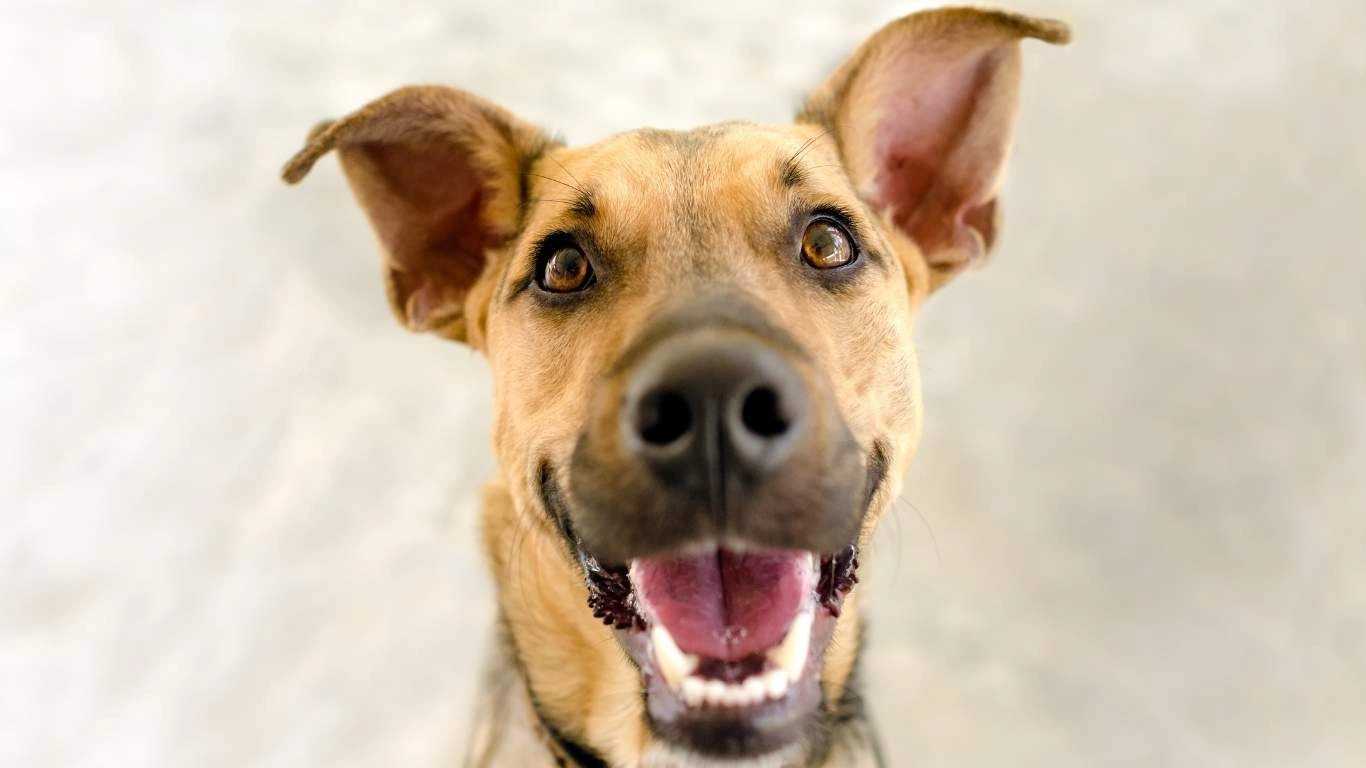
How to Transition Your Dog’s Diet Post-Surgery
Now that we’ve covered the basics of what to feed your dog after surgery, let’s talk about how to transition their diet effectively. After a procedure, your dog’s digestive system might be a little sensitive, and you don’t want to shock their system with a sudden change in food. Transitioning slowly is key to ensuring that your dog’s recovery goes smoothly. When I worked at the shelter, we always recommended a gradual change, and I can tell you from experience that it makes a big difference in how quickly your dog adjusts to the post-surgery diet.

The 7-Day Transition Plan
Typically, it’s best to transition your dog’s food over the course of about 7 days. This gives their body time to adjust to the new diet without upsetting their stomach. Here’s a simple step-by-step guide:
- Day 1-2: Mix 25% of the new food with 75% of the old food. This will give your dog a little taste of the new food, while still having the comfort of their regular meals.
- Day 3-4: Gradually increase the proportion of new food to 50%. By this point, your dog’s stomach should be adjusting to the new formula.
- Day 5-6: Increase to 75% of the new food and 25% of the old. This allows your dog’s system to adapt even more while still keeping things balanced.
- Day 7: By now, you should be able to fully switch to the new food. Your dog’s digestive system should have had enough time to adjust, and they should be ready for the full transition.
This gradual approach helps prevent digestive issues like diarrhea or vomiting, which can sometimes occur if a dog is switched to a new food too quickly. Always monitor your dog’s behavior and stool quality during this transition—if you notice any issues, slow the process down and give your dog more time to adjust.
Feeding Frequency and Portion Control
Along with adjusting the type of food, you’ll also want to consider how often and how much you’re feeding your dog during their recovery period. Depending on your dog’s size, breed, and the type of surgery they had, their nutritional needs might change. Here’s what I’ve learned from my experience working with recovering pets: feeding frequency and portion control are just as important as the food itself.
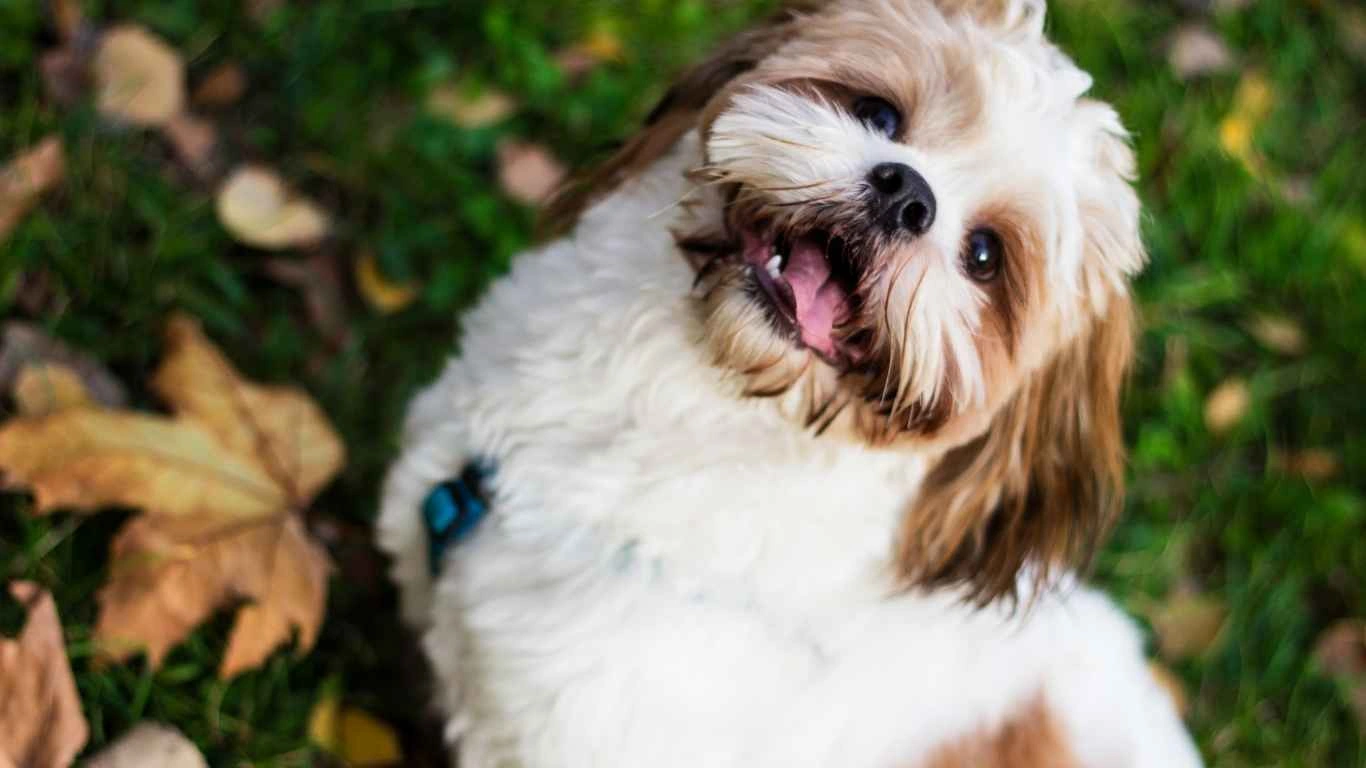
How Often Should You Feed Your Dog?
After surgery, your dog’s appetite might be a little off. Some dogs are less interested in food right after surgery, while others may be more eager than usual. It’s important to monitor your dog’s appetite and feed them small, frequent meals rather than one large meal. This will help prevent digestive upset, especially if your dog’s stomach is sensitive after the procedure.
A good rule of thumb is to feed your dog three to four small meals a day. This can help maintain their energy levels and prevent the discomfort that comes from an overly full stomach. If you notice that your dog’s appetite is low or that they’re struggling to eat, try offering smaller portions more frequently or mixing in a little bit of broth or water to make the food more enticing.
Portion Control for Recovery
It’s also crucial not to overfeed your dog during recovery. Even though they may seem hungrier than usual, it’s important to stick to the recommended portion sizes based on their weight and size. Overfeeding can lead to unwanted weight gain, which can put additional stress on their healing body and slow down their recovery.
Be mindful of the calorie content in the food you’re offering. If your dog had a more sedentary lifestyle post-surgery (which is typical), they won’t need as many calories as they did before the surgery. Consult with your veterinarian to determine the right amount of food based on your dog’s activity level, weight, and size.
Hydration During the Recovery Process
Hydration is often overlooked, but it’s just as important as food when it comes to helping your dog recover from surgery. In my time working at the shelter, I saw how dehydration could complicate recovery. Your dog might not be drinking as much water as usual, especially if they’re feeling unwell or are on medications that make them less thirsty. Dehydration can lead to a slow recovery, constipation, and even urinary tract issues.
How to Encourage Your Dog to Drink More Water
If your dog isn’t drinking enough water, there are a few tricks you can try:
- Offer Fresh Water Frequently: Keep a bowl of fresh water available at all times and change it often. Some dogs are more likely to drink from a clean bowl with cool water.
- Wet Food: Incorporate wet food into their meals. Wet food can provide a significant amount of hydration and is usually more appealing to dogs with reduced appetites.
- Ice Cubes or Ice Chips: If your dog enjoys chewing, offering ice cubes or ice chips can be a fun way to increase hydration. Some dogs enjoy playing with and eating ice.
- Broth or Flavored Water: Adding low-sodium chicken or beef broth to their water can make it more appealing, encouraging them to drink more.
Always make sure to consult your vet if you’re concerned about your dog’s hydration levels. Some medications or conditions might require you to keep a closer eye on their water intake.
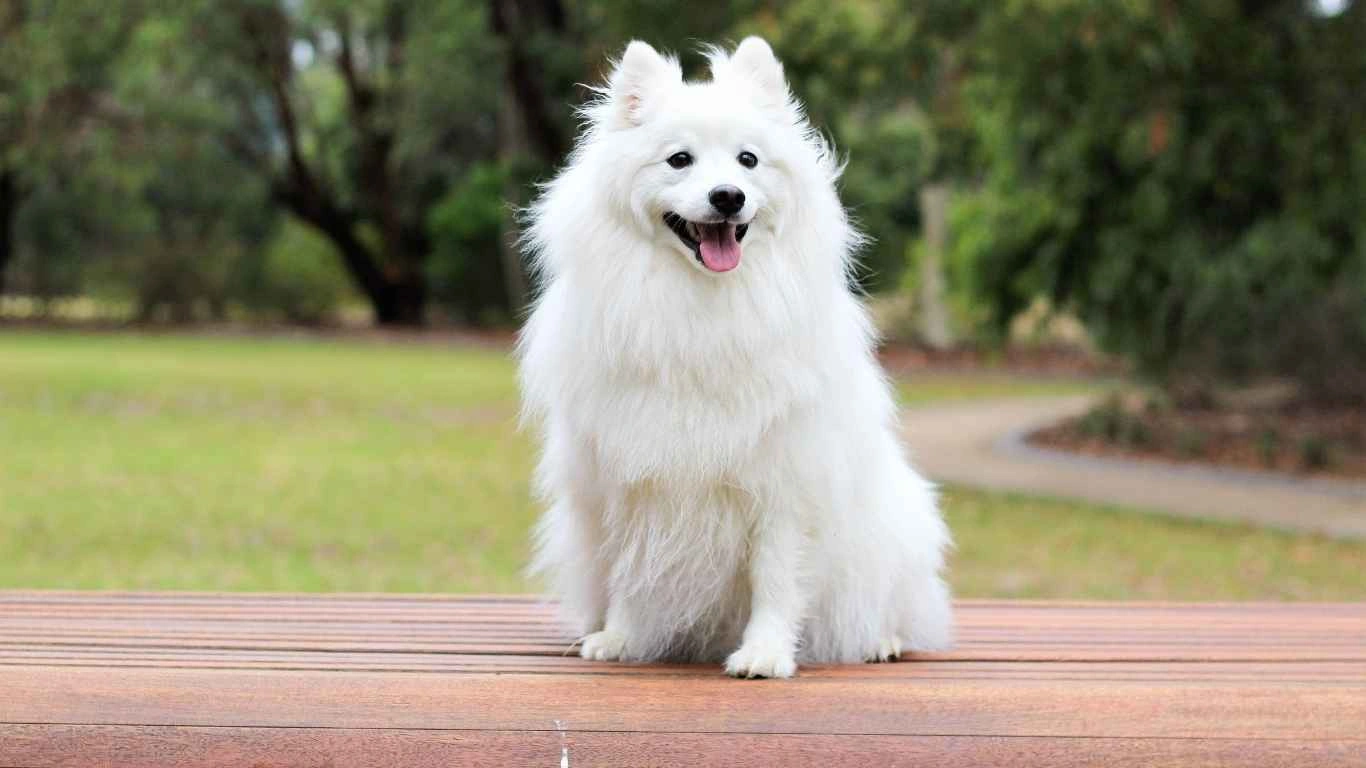
Dealing with Appetite Loss and Other Common Challenges
It’s common for dogs to experience some loss of appetite or food aversion after surgery. This can be due to the stress of the procedure, the pain, or even the medications they’re on. While it’s not unusual for dogs to eat less during recovery, it’s important to monitor their food intake and consult with your vet if the loss of appetite persists for more than a couple of days.
Encouraging Appetite After Surgery
Here are some tips I’ve found helpful when working with dogs who are having trouble eating after surgery:
- Try Different Textures: If your dog usually eats dry food, try offering them wet food, or vice versa. Sometimes changing the texture can make the food more enticing.
- Hand-Feeding: Some dogs find comfort in being hand-fed. Gently offering them food by hand can encourage them to eat, especially if they’re feeling vulnerable after the surgery.
- Warm the Food: Warming food to room temperature can bring out its aroma and make it more appealing to your dog.
If these strategies don’t work and your dog continues to refuse food or water, it’s time to reach out to your vet. They may recommend appetite stimulants or additional treatments to help your dog get the nutrition they need.
Monitoring Your Dog’s Progress During Recovery
As you continue providing your dog with the best diet for their recovery, it’s crucial to keep an eye on their overall progress. Recovery is a gradual process, and you’ll want to monitor any changes in behavior, appetite, and energy levels. This helps you catch any potential issues early on and ensures that your dog’s healing process stays on track.
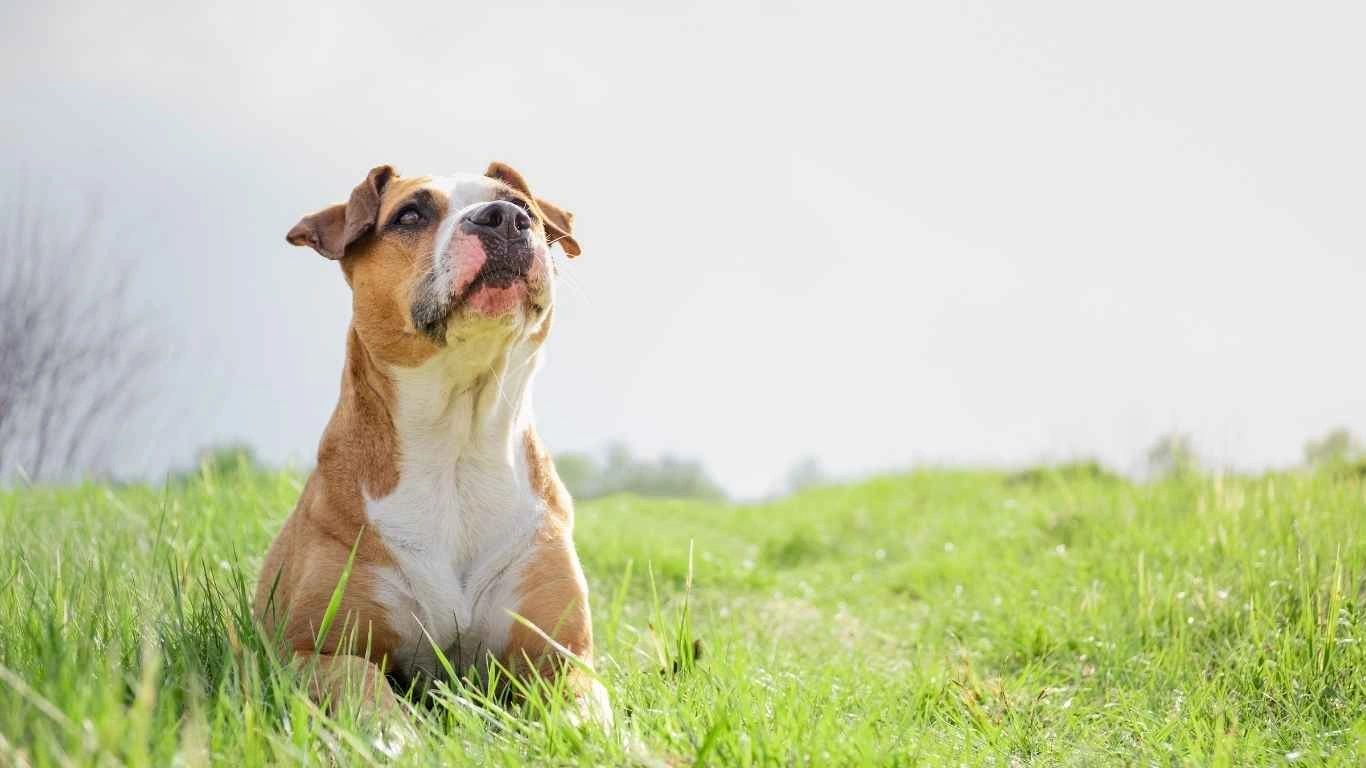
Watch for Red Flags
While some decrease in appetite or energy is to be expected after surgery, there are certain signs that could indicate complications. For instance, if your dog is consistently refusing food or water for more than 48 hours, or if their behavior seems lethargic or unusually irritable, it’s important to consult your vet as soon as possible. These could be signs of an infection, discomfort, or even a problem with their recovery process.
Other things to look out for include:
- Excessive Vomiting or Diarrhea: While some minor gastrointestinal upset is normal after surgery, prolonged vomiting or diarrhea can be a sign of infection or an adverse reaction to medication.
- Swelling or Redness at the Surgery Site: Any increase in swelling or unusual redness around the incision could indicate infection. If this happens, seek veterinary advice immediately.
- Behavioral Changes: Dogs who are in pain or discomfort often exhibit changes in behavior, such as growling when touched or showing a lack of interest in usual activities. This can be a sign that their recovery is not progressing as it should.
Providing Comfort and Reducing Stress
Aside from physical health monitoring, it’s essential to pay attention to your dog’s mental well-being during recovery. Surgery can be a stressful experience for dogs, and they may feel anxious or disoriented. This can affect their eating and drinking habits, as well as their ability to relax.
One thing I always recommend to pet owners in these situations is creating a calm and quiet environment for recovery. If you’re able to, keep your dog in a comfortable, quiet area of your home where they won’t be disturbed by too much noise or activity. This allows them to feel safe and secure, which can help with stress reduction and encourage healing.
Also, be sure to give your dog plenty of attention and love. Even though they might not be their usual energetic selves, they still need comfort and affection during this time. Some extra pets and snuggles go a long way in helping them feel better emotionally, which can also speed up their physical recovery.
When to Reintroduce Exercise and Play
After surgery, your dog will need to take it easy for a while, but that doesn’t mean they can’t enjoy a little playtime or exercise later on in their recovery. The timing of this will depend on your dog’s surgery type and the vet’s recommendations. However, in general, it’s essential not to rush this part of their recovery process. I’ve seen many well-meaning pet owners eager to get their dogs back to their usual activity level, but over-exercising too soon can cause setbacks in healing.
Gradual Reintroduction to Activity
For most dogs, light activity can start to be reintroduced around 2 to 3 weeks post-surgery, depending on the nature of the surgery and how well your dog is healing. Start with short, calm walks around the yard or house. Avoid jumping, running, or any activities that could put too much strain on the healing incision site.
As your dog becomes more comfortable, you can gradually increase the length and intensity of their walks. If you notice any signs of discomfort, like limping or reluctance to move, it’s important to scale back and consult your vet. They can advise you on how to safely increase your dog’s activity level without compromising their recovery.
Long-Term Health Considerations
While the initial recovery period after surgery is crucial, it’s also important to think about long-term health. Maintaining a healthy diet post-surgery doesn’t stop after the first few weeks; in fact, many dogs need specialized care for months or even years after a major surgery. This is particularly true for dogs who have had orthopedic surgeries, as they may need ongoing joint support and weight management throughout their lives.
Maintaining a Healthy Weight
One of the most important long-term considerations after surgery is weight management. Many dogs gain weight during their recovery period due to reduced activity levels and changes in diet. Weight gain can put extra strain on joints and muscles, potentially leading to complications down the line. Keeping your dog at a healthy weight is critical for their long-term mobility and quality of life.
Be sure to continue monitoring your dog’s diet after their recovery and keep an eye on their weight. If you notice they’re gaining too much, you may need to adjust their food portions or switch to a lower-calorie diet. Regular exercise will also be key in keeping their weight in check once they’re ready for more active play.
Ongoing Joint Support
If your dog has had orthopedic surgery, such as a hip or knee surgery, long-term joint support will be an essential part of their care. Glucosamine, chondroitin, and omega-3 fatty acids are all excellent supplements that can help support joint health. Your vet can recommend the best products for your dog based on their specific needs.
As an Animal Care Specialist, I can’t emphasize enough how crucial it is to stay on top of your dog’s health after surgery. Regular vet check-ups, a balanced diet, and maintaining a healthy weight are all essential in ensuring that your dog lives a happy, active, and pain-free life long after the surgery.
References
For more information on post-surgery care and diet, check out these helpful resources:
Disclaimer
While the information provided in this article is based on my personal experience and research as an Animal Care Specialist, it is not intended to replace professional veterinary advice. Always consult your veterinarian before making any changes to your dog’s diet, exercise routine, or medical care. Every dog’s recovery process is unique, and your vet will be the best resource for advice tailored to your dog’s specific situation.
